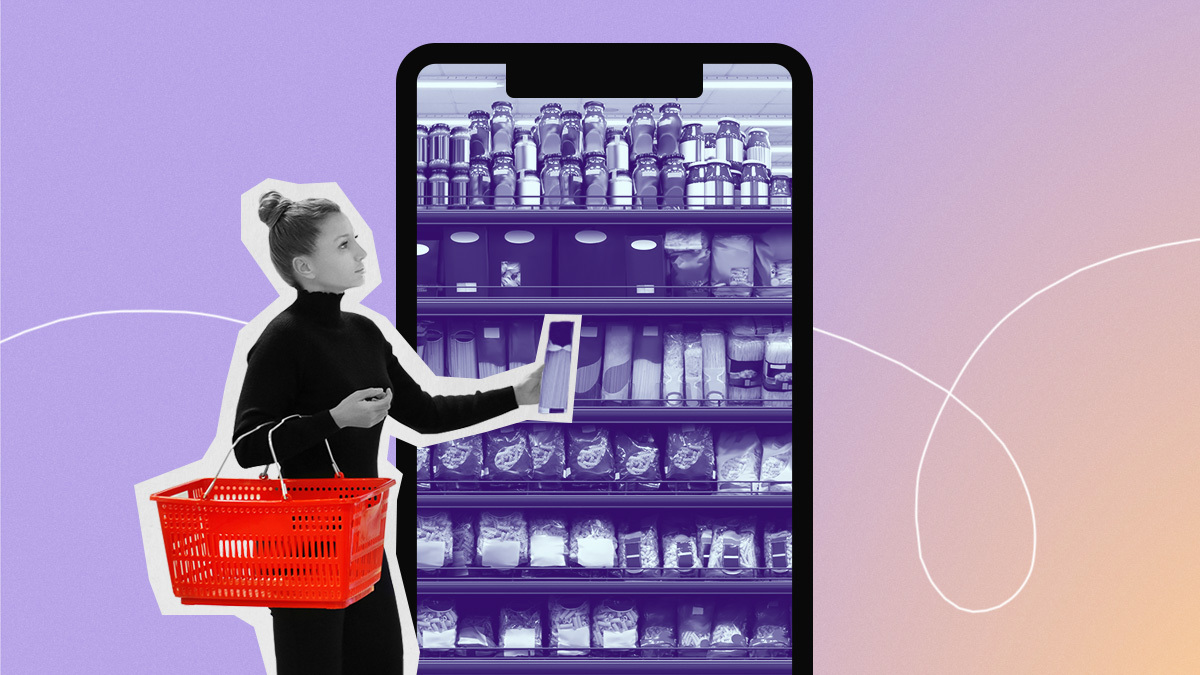When it comes to reaching shoppers, there’s often a disconnect between merchandising initiatives (shelf space, circular placements or promotions) and paid digital tactics (search, social media and rich media campaigns).
Today’s savvier brands are focusing their strategies on both touchpoints. And retail media networks of the future that marry merchandising and digital media initiatives through technology and relationships are destined to drive success for marketers.
The challenge of being single
Competition for shopper attention is fierce. Brands pay retailers huge sums of cash to climb 12 inches to the next shelf or to own their space on an end cap. If they don’t do this, competitors will do it instead and will gain market share.
The same dynamic exists with digital media, but in a more granular way. Brands will bid, with a lot of dollars, against each other to reach a retailer’s elite shoppers across a variety of digital touchpoints. While both tactics can move the bottom line, planning them in silos can lead to mixed messaging, lost placements and lower overall campaign performance.
But brands that bring merchandising and digital media together lay the foundation for amplified promotions and messages that level up their share of basket at retailers.
Vows for success
In order for merchandising and digital to get together, they need to be clear in their commitment to a unified success.
Successful brand sales teams that work with retailer merchants have reliable ways to move their products. They have relationships that prioritize their promotions and placements in retail systems that create traditional shopper touchpoints, such as placement in the checkout lane, a printed shelf tag or the front page of the circular. These systems were built for their unique purpose and don’t align with digital media.
The role of a retail media network is to deeply understand the needs and pain points of both digital media and merchandising.
Brands that seek to excel at earning retail shopper attention will guide their merchandising teams to make an organic vow—one rooted in a desire for performance that promises to grow with and support the digital media team, for better or for worse.
Top digital media teams pride themselves on fusing the best strategy, creative and execution the industry has to offer. They do this with talent, relationships and leaning into technology partners that boost their capabilities. They’re adept at adapting.
With the rise of retail media, many digital media professionals are new to the retail domain. Some find themselves with little to zero knowledge of traditional retail or CPG dynamics, such as the merchandising process. If they treat merchandising simply as a new tactic or creative, they’ll fail. Digital media professionals are entering a union where the other side is being asked to step outside the box that worked well for many years. The digital media vows must promise patience, a commitment to learning and humility.
The honeymoon and sustained happiness
When these two teams unite and success ensues, each must recognize they’re no longer two different teams. They’re on the same team, so they need to plan and operate as a team from this point on.
Like marriage, lasting brand performance in this new environment will require consistent and intentional efforts from both sides. This means big decisions need to be made with the other’s blessing. Contrary to what a holiday car commercial would have you believe, a happily married person wouldn’t buy a car without their spouse’s approval. Retail media is no different.
The digital media team shouldn’t switch demand-side platforms or sign a long-term contract with a new creative vendor without considering the merchandising team’s needs or input. Similarly, the merchandising team shouldn’t create a promotion calendar without ensuring the digital media team can feasibly amplify it.
Brands and marriages are like roses: While they are beautiful and colorful, there can be some thorns, so you must handle them carefully. The role of a retail media network is to deeply understand the needs and pain points of both digital media and merchandising and to create products that lead brands to success as the category continues to grow.

































